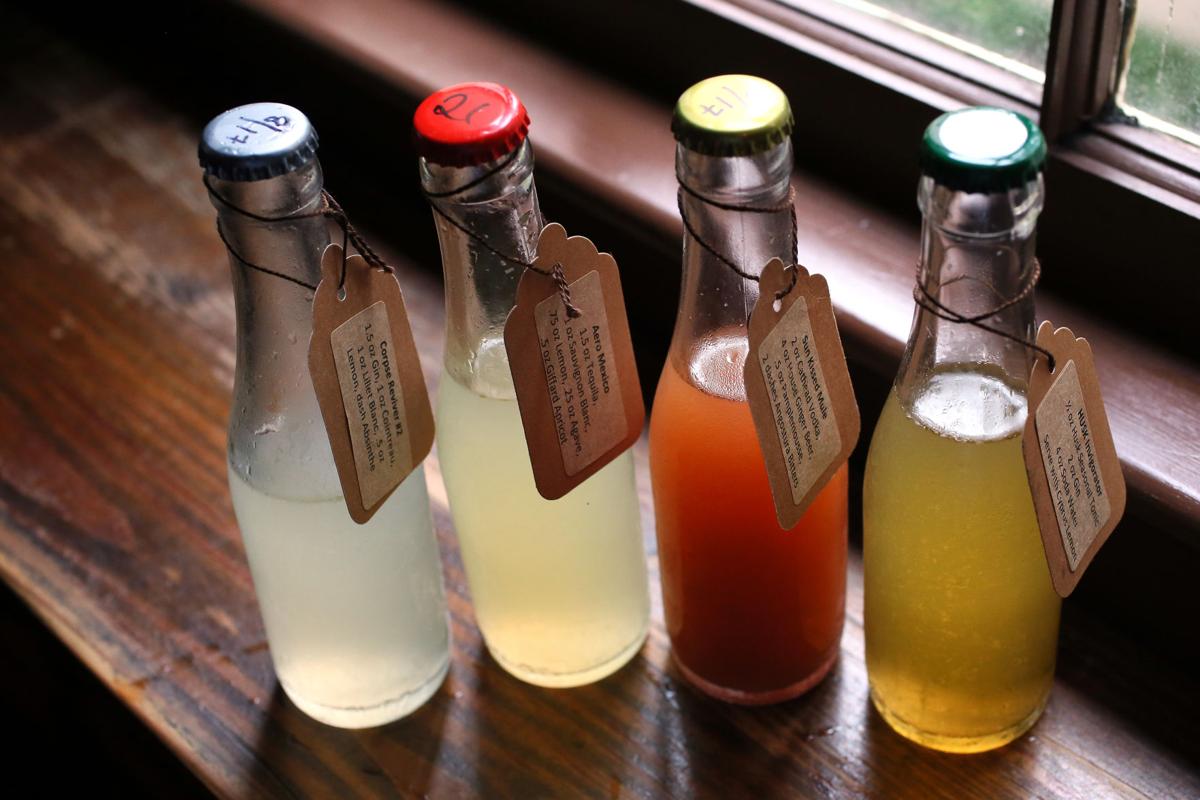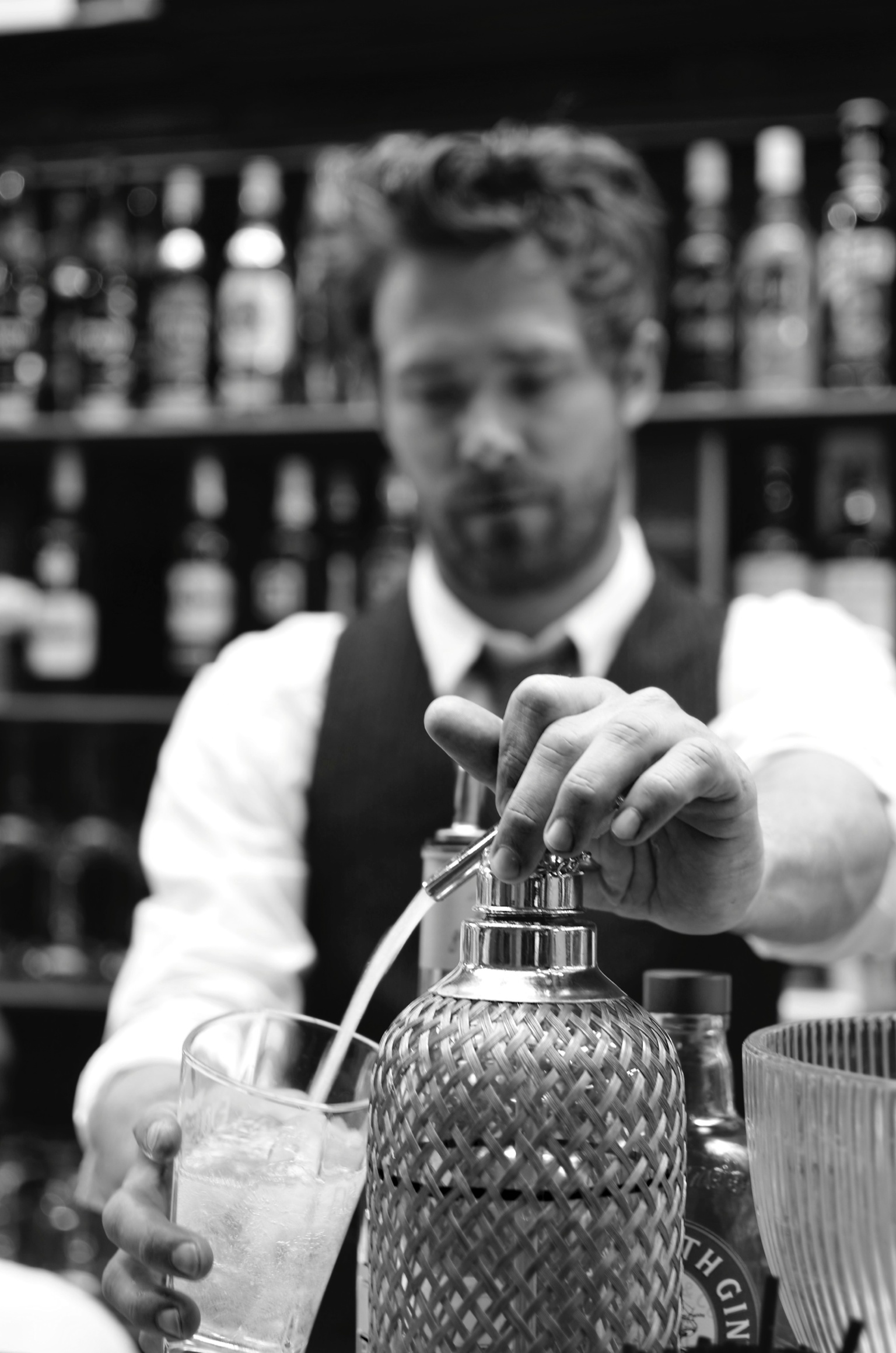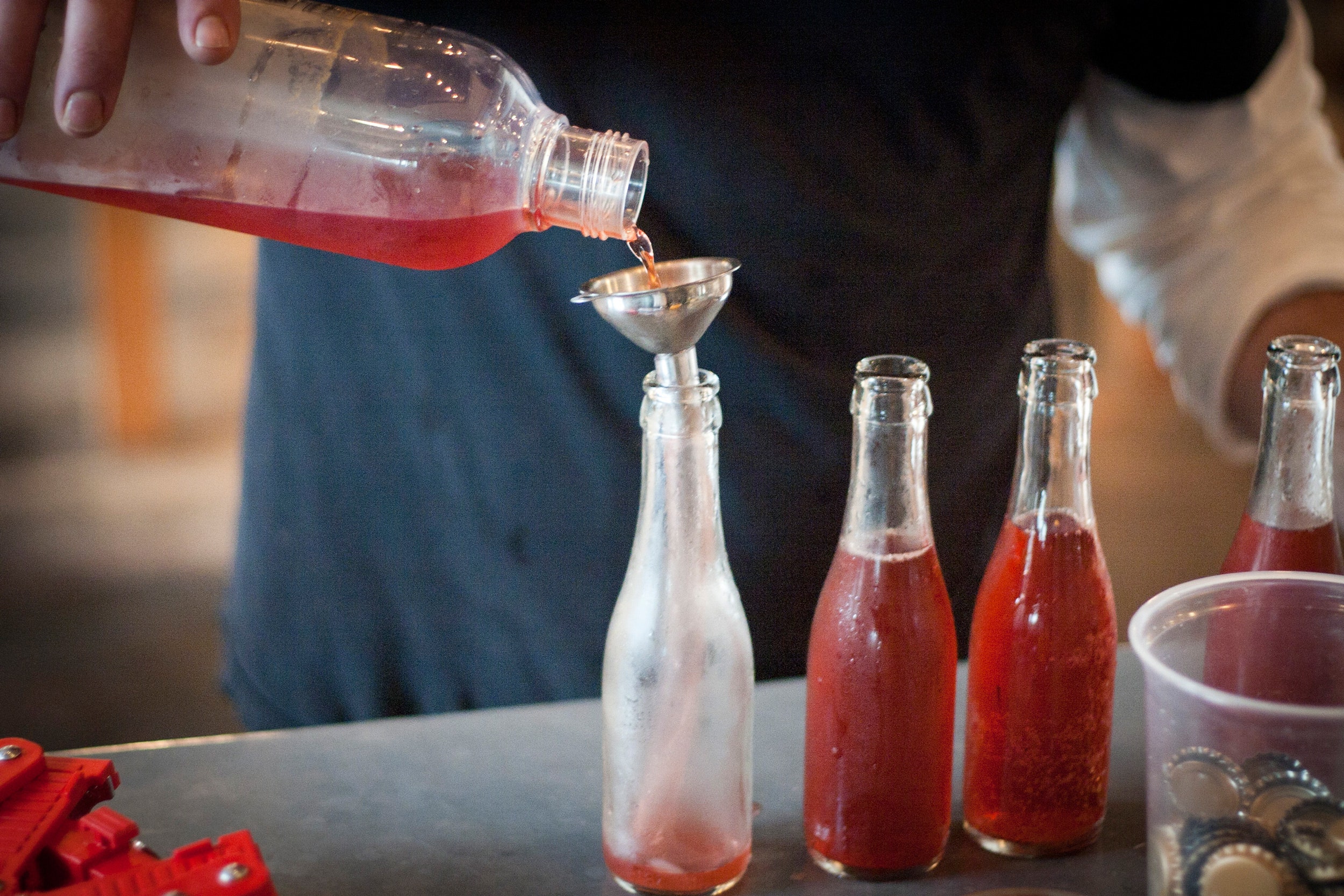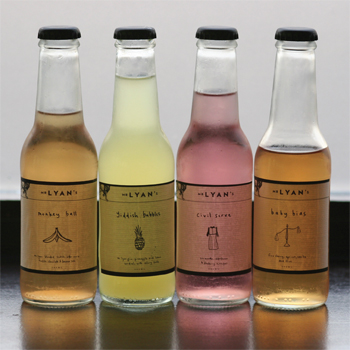How To Carbonate Cocktails
Are carbonated cocktails really a thing?
Yup, they are and it’s an exciting way of changing the character of your mixed drinks and adding a new dimension to traditionally still beverages. Carbonation also rounds flavour and subdues stronger flavours, such as bitterness.
This is an important consideration, as it allows more sensitive palates to try things such as a carbonated Americano, as the carbon dioxide will lessen the bitterness of the Campari.
The mouthfeel of a drink is vital in the same way as in food and texture plays a role in the enjoyment of anything you consume.
Before we embarked on our journey on home carbonation, it did seem as if it might be beyond what is possible at home. Luckily, it’s easy and cheap to get started and is possible for anyone to do.
To explain to those less versed in matters of carbonation, it is essentially adding carbon dioxide gas to liquid. Once forced into the liquid, the gas partly dissolves and creates the effervescent, fizziness that you see and taste in carbonated drinks.
Carbonation is present in sparkling drinks from beers, to sparkling wine and sodas.
Having a play around with home or bar carbonation is definitely worth a go, you can get creative and can completely change the profile of a drink to create something special for the home bartender or your venue.

What You Need
You will need a few items to carbonate cocktails or zero abv drinks. This is not too technical and you don’t need a chemistry degree to do it. To be honest its that easy, most of the items you can find at home.
Tupperware
This is to steep the cocktails overnight in the fridge before carbonation. The purpose of this is two-fold. First off you want the flavours to mingle overnight. The second is you want the liquid to be cold. Cold liquid encourages carbonation better than warm liquid. We won’t get too scientific and get into why, just trust us.
Bottles
You can buy glass bottles with caps from a tonne of places online. Alternatively, repurpose a bottle from your house like a Kilner style bottle. For a professional, we urge you to get glass bottle, caps and a bottle capper as it will ensure the carbonation lasts longer.
Funnel
Unless you have super steady hands, use a funnel to make the bottling of your fizzy drinks much easier and without spillage. For an even better finish, use a tube connected to the base of the funnel so that the liquid fills the bottle from the bottom and avoids a fizzy mess.
So above are the essentials for all carbonators out there. Next, there is a choice on how you get the carbon dioxide into the liquid.
Soda Siphon Carbonation
To carbonate your cocktails at home we recommend using a soda siphon, similar to this one. This is the most cost-effective method for a home bartending enthusiast, and they are easy to pick up from any kitchenware shop.
Drinkmate Carbonation
This sweet gadget is recommended by cocktail guru Jeffrey Morgentaler and who are we to argue with him. It’s easy to use and comes with a 1-litre chamber and takes 30 seconds flat to carbonate your drinks. You can pick one of these up here.

The Essentials To Consider When Carbonating
There are a few things that need to be considered to ensure best practice with carbonation and will help you avoid flat or unpleasant tasting cocktails.
The ABV
High ABV is a no-no. The issue is that carbon dioxide is fairly sensitive and carbonating liquid with a high alcohol content is difficult. This essentially means that although you can do it, it will take a lot more skill and effort to get the required fizz into your drink. As recommended by Ryan Chetiwandana, don’t pitch for anything with a higher abv then 15%.
Keep It Cold
We’ve already mentioned this but make sure you chill your drink right down in the fridge before getting the fizz locked into it. Cold liquid is far more accepting of CO2 than warm liquid. This is very important. We suggest that an overnight stay in the fridge is ample before carbonation.
Consider the Ingredients
Avoid purees and syrups with particles within it. The reason being is that the particles that are present in either of these things will cause the CO2 to get lost from the mix. Instead citrus think about replacing with a citric acid to avoid the particles in fresh fruit juice. Ideally, pitch for clear cocktails…so not cloudy, juicy or pulpy. Spritz style cocktails work well, such as the Americano.
Citric Acid
As mentioned above, we need our cocktails to have no pulp or juicy bits as it affects the carbonation. This obviously gives us an issue with the need for citrus in many cocktails to provide balance. No worries. Citric acid will do the job nicely for us. Citric acid powder is the acid naturally found in citrus fruit and you can make a fantastic lemon mix with 10g citric acid to 100g water. the result is as good as juice and far more sustainable.

How To Make Carbonated Cocktails?
Right, we are ready to go. The equipment is assembled, you have picked your drinks, chilled them and are ready to get cracking. The chilled liquid now will be placed into your carbonation tool (we use a Drinksmate) and carbon dioxide will be added to it.
The technique itself is known by the term forced carbonation – and it is just that – forcing C02 into your liquid to give it a fizz.
Once you have created the drinks make sure you carefully bottle. In our case we use 200ml soda bottles which we print bespoke, vinyl labels for. These are then capped and refrigerated ready for use. This is an easy method to deliver for events for in your bar or venue.
It’s great too as all the prep, or mise en place, happens beforehand so the speed of service is extremely quick. In both bar environments and events, this is very welcome.
Please check out a video below from Jeffrey Morgenthaler on carbonation cocktails below (please note the carbonation equipment he uses is now discontinued but the options about are great alternatives)
Carbonated Aperol Spritz
Serves x 4
225ml Aperol
340ml Pinot Grigio
85ml filtered water
Method
Place all ingredients in Tupperware or jar and refrigerate overnight. Place in your favoured carbonation tool and force carbonate. Either serve immediately or bottle it up for later.

Carbonated Americano
Serves x4
170ml Dolin Rouge
130ml Campari
380ml Filtered Water
Zest Of A Whole Orange (remove in strips with a peeler – do not grate)
Method
Place all ingredients in Tupperware or jar and refrigerate overnight. Place in your favoured carbonation tool and force carbonate. Either serve immediately or bottle it up for later.
Carbonated Corpse Reviver No 2
Serves x4
100ml Gin
100ml Triple Sec
100ml Vermouth
100ml Citric Acid Solution (see above)
16ml Absinthe
Method
Place all ingredients in Tupperware or jar and refrigerate overnight. Place in your favoured carbonation tool and force carbonate. Either serve immediately or bottle it up for later.
Use your new found knowledge and try out our autumn spritz recipes.
Share
Get In Touch With Our Team
Speak To One Of Our Team Today Get in touch
